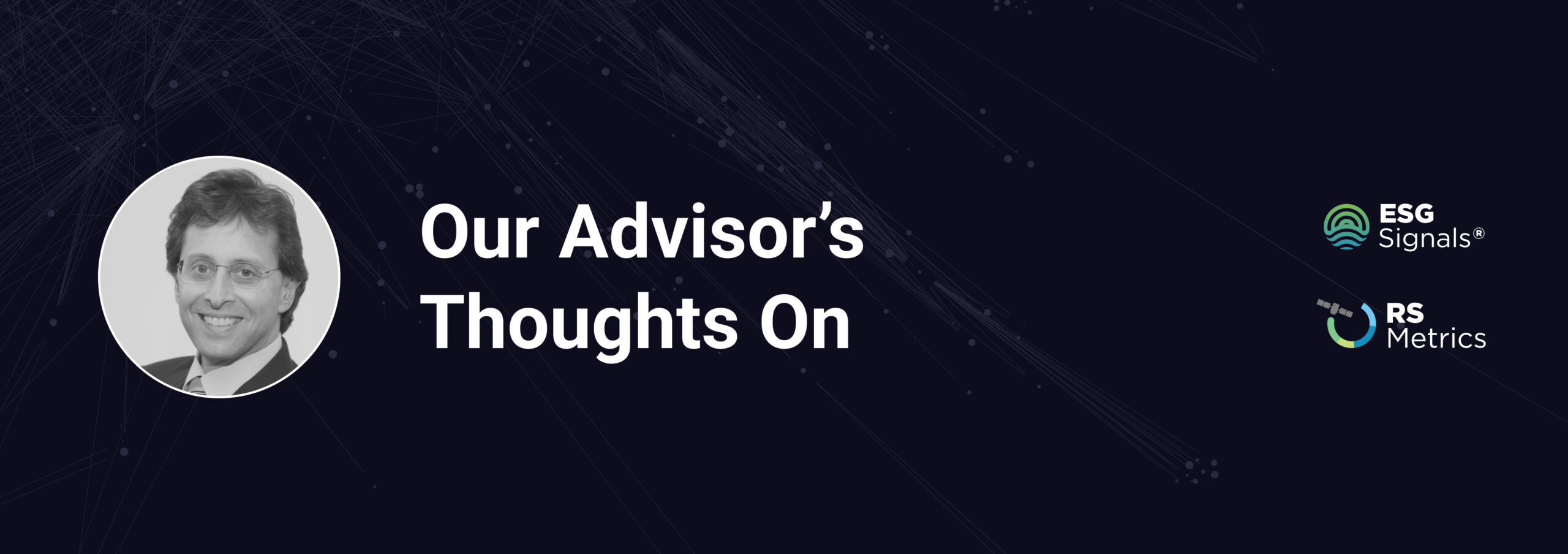by Richard Anfang, Senior Advisor Technology
Sometimes landmark technological breakthroughs are actually built upon combining multiple innovations into a single product. A prime example of this is the development of smartphones, introduced just over a decade ago. Improved price and performance of compute and storage, ubiquitous internet access, and the innovative licensing of digital content (not to mention Apple’s aesthetic design and Steve Jobs’ marketing genius) played an invaluable role in the introduction of the iPhone.


Today, advances in high-resolution satellite imaging and cloud computing combined with the power of artificial intelligence and machine learning have created exciting new capabilities in analyzing geospatial areas of interest (AOI). What is AOI? Simply put, an area of interest refers to the particular geographic location you are monitoring for extracting data and insights. Those can be diverse depending on your interest and purpose — a mall or hospital to measure foot traffic in, a forest region to measure land usage and deforestation over time, or a factory to estimate production rates. Manufacturing facilities (think Tesla or NIO) can be monitored over time to measure factory output and calculate year over year and quarterly changes (see visuals). The same can be done with metal refineries to predict precious metal supply to help companies manage their supply chain exposure.






Even more topical is the focus on ESG investing (see Larry Fink’s statement regarding Blackrock’s increased focus on this new trend) and the lack of standardized ESG reporting. One of the big issues stemming from the lack of an agreed-upon common methodology is that investors are forced to rely on companies’ self-reported ESG impact. There are multiple competing groups (Sustainability Accounting Standards Board, World Economic Forum, and Task Force on Climate-Related Financial Disclosures) trying to define a consistent reporting framework. Utilizing cutting-edge technology from companies like RS Metrics to objectively and consistently measure relevant corporate statistics (carbon footprint, emissions, etc.) is one step in the right direction. More and more large companies engaging in proper reporting procedures are slowly setting the pace for the transformation of the whole sector. And once a standardized ESG reporting system is developed, it would allow for more astute investment decisions based on empirical evidence.
We are in the early days of exploring and exploiting these emerging capabilities. The technology is here today and is being constantly innovated based on desire and demand, limited only by the imagination of those who wish to use it.
Richard is a technology executive with over 30 years of experience working in global financial service organizations. He has held senior management positions as a business-aligned Chief Information Officer, managed enterprise technology infrastructure, and partnered closely with C-level executives. Richard has an extensive track record delivering innovative technology solutions to solve business problems within the financial services sector.He has served on the advisory board of several technology service providers and has participated in numerous industry forums and committees.


















